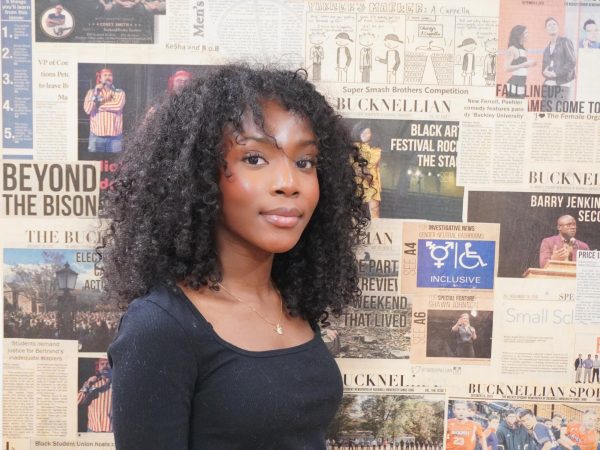I remember visiting the Museum of Modern Art, feeling excited that for the first time in my 19 years of living I would finally see THE Vincent van Gogh painting. It only piqued my interest because of an episode in “Doctor Who.” In that episode, the artist comes back to the present time of 2010 where his paintings are regarded with great distinction. The look on his face, when he realizes that what he produced was finally being acknowledged is something that has stayed with me. When I finally set my eyes on it, with the probably 20 other people who were at that particular exhibit, I felt… nothing. I wanted to feel something so badly, but I couldn’t. To me, it was just a painting of the sky, and because of my prior knowledge of the artist and what he struggled through, I felt extreme guilt for not seeing what other people saw.
I’ve often encountered that problem walking through museums. I would find myself questioning, what does this piece of art mean? Why is it here, and what should I do with it? I longed to feel the awe that I saw in others when they would stand right in front of works of art and nod their heads, as if they were communicating to the artist on a metaphysical level. I craved that.
On a random day, I discovered Marina Abramović’s “Rhythm 0,” in which she became the work of art herself and gave her agency over to the audience as they were to mimic brushes. And paint they did. The concept of what a person would do when they are absolved of all consequences and societal confines intrigued me. The psychological aspect and commentary on both a woman’s body and misogyny spoke to me. I could somehow hear how the piece was warning society of the dangers of holding these preconceived notions. As a woman with a Black body, there is only so much agency allotted to me. For Abramović to take it upon herself and explore that dystopian world was powerful, and the connection that I felt is what art means to me.
You see, art has been and will always be subjective. There is no right way or wrong way to do it. The decision of whether something is art or not rests with both the artist and the viewer. I may not understand Andy Warhol’s silkscreen painting of a Campbell’s soup can that sits at the forefront of a millionaire’s mansion, but the millionaire, I hope, somehow understands it in their acceptance to commemorate it as a work of art. This contributes to the notion of “what I find meaningful you may not (and vice versa).”
Even if I can’t see and understand “Starry Night” on a metaphysical level or if I’m not well versed in what paint stroke or which technique he used to create the art, I can understand Vincent van Gogh as an artist. I can understand and relate to his use of art as a way of coping with internal warfare. As he said himself, “in spite of everything I shall rise again; I shall take up my pencil which I have forsaken in my great discouragement, and I will go on with my drawing.” He made pieces with his pain and for that, I can sympathize with him. To me, sympathizing with another human being is art.
Perhaps some of us aren’t meant to understand the medium of painting. It could be books, songs, poetry or prose that some of us are more drawn to. Art is a way of connecting and bridging gaps that may not be completely visible to us. For me, Frederick Douglass’ “Narrative of the Life of Frederick Douglass,” is in fact a work of art. It not only exposes the harrowing perspectives of slavery, but its critiques of humanism and religion connect to me on a personal level more than it would for a student merely reading it for class credit. It’s important to understand and appreciate subjectivity because without it, the creation of art itself would be meaningless.
Art is so many things. It’s change. It’s connection. It’s an exposé. It’s beautiful.
Only you can determine what it is, what it isn’t and what it means.




















